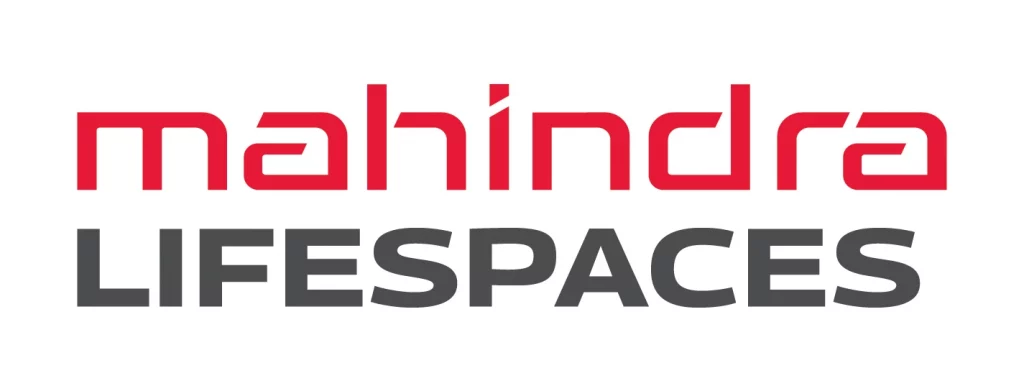
How we are making change
Climate Change and Our Decarbonization Pathways
Climate change is the biggest threat facing our world today, a crisis that can’t be dismissed. The impacts of climate change are already visible. Glaciers are shrinking, sea levels are rising, habitats are shifting, and the frequency of droughts, heatwaves, and catastrophic events are increasing. Extreme weather events induced by climate change is ranked as the top risk by World Economic Forum in the Global Risks Report 2021. According to the IPCC Sixth Assessment Report 2021, global warming is expected to hit 1.5C "in the early 2030s" in almost all emissions scenarios and without reaching "net-zero" CO2 emissions – along with "strong reductions" in other greenhouse gases – the climate system will continue to warm. Without immediate and widespread global action, limiting warming to 1.5°C will be exceedingly difficult. Decarbonisation of our economy is essential to limit global warming to 1.5°C.
Buildings and construction are responsible for about 40% of global and 24% of India’s annual greenhouse gas emissions, contributing to global warming and climate change. With the country on the threshold of a construction boom, it becomes essential for the real estate sector to adopt sustainable practices. Also, Green consumerism has been on the rise over the last few years. Consumers, especially millennials, are asking companies to embrace sustainability and demanding for houses that incorporate green features. A study by the Mahindra Group on Alternativism revealed that 89% of the respondents believed that they would be able to address climate change more actively if companies offered sustainable solutions. Post the pandemic, customers are seeking meaningful interventions that allow them to reduce their environmental footprint and enhance health and well-being. As a pioneer in sustainability and recognising its role in climate change, Mahindra Lifespaces, has taken bold actions including climate-responsive design (CRD), energy efficient features, waste management, incorporation of circularity, among others. The need for action is reinforced by potential physical and economic risks due to climate change. We have implemented strategies to identify, understand, and manage these climate risks.
With rising awareness and demand from investors, governments, and even employees to transparently disclose the efforts to create enduring value for all, globally accepted frameworks such as Global Reporting Initiative (GRI), Carbon Disclosure Project (CDP), Global Real Estate Sustainability Benchmark (GRESB), and Task Force on Climate-related Financial Disclosures (TCFD) are increasingly leveraged by us to identify material issues, ESG risks, and plan for climate adaptation using future-looking tools such as scenario-based analysis to build our decarbonization strategy. Recently, Securities and Exchange Board of India (SEBI) introduced the Business Responsibility and Sustainability Reporting (BRSR) for top 1,000 listed companies.
We are active participants of GRI, CDP and GRESB disclosures.
- We publish our BRR annually in line with SEBI regulations. We are analysing the BRSR requirements to enable a smooth transition from next year.
- We are signatory to TCFD and leverage TCFD recommendations to sharpen our focus on climate-related risks and prioritise initiatives.
A new concept for real estate investors is that of climate risk and resilience. The question of how exposed an asset or a portfolio is to the various impacts of climate change has become a key concern and has been outlined by the Financial Stability Board's (FSB) TCFD.
Our Science Based Targets Initiative (SBTi)
The Science Based Targets Initiative (SBTi) is a joint initiative of CDP, the UN Global Compact, the World Resources Institute, and WWF. It intends to encourage businesses to take ambitious climate actions by mobilising them to set GHG reduction targets in line with the decarbonisation required to limit warming to less than 1.5°/2°C. Till date, 1040 companies are taking action and 498 companies have approved science-based targets. We, at Mahindra Lifespaces have committed to reducing our emissions as an enabler for carbon neutrality by 2040, through our targets that were approved in November 2019. Our science-based targets in line with 1.5°C pathway, makes us the first and only Indian real estate company to get targets approved.
Strengthening Mahindra Lifespaces’ climate resilience
Particularly, on climate change as an urgent and emerging risk to our business, we are cognizant of the significance of climate-related impacts on financial and non-financial sectors and have surfaced a demand for appropriate disclosure information. In 2020-21, we carried out extensive climate risk assessment and scenario analysis to consolidate our climate-related disclosures aligned to the TCFD reporting framework. These measures in stepping up our corporate reporting (supplementing CDP, GRESB, SBT disclosures and commitments) demonstrates our resilience and decision making through climate accounting of our risks as well as opportunities.
Our Climate Strategy
At Mahindra Lifespaces, we acknowledge the climate-related challenges and risks and actively implement initiatives and frameworks that can facilitate our efforts in reducing our environmental impact. Global frameworks on climate disclosures such as CDP, TCFD, GRESB, SDG and Science Based Targets (SBT), are leveraged to identify climate-related and ESG risks for the organisation, in addition to prioritisation of initiatives that help us work towards achieving our commitments.
The first step in our climate action strategy is to quantify and report greenhouse gas (GHG) emissions due to operations. We monitor, measure, and mitigate GHG emissions from our project sites across all three scopes. In the design phase, emissions are managed through passive architecture, energy efficiency initiatives, and adoption of renewable energy. In the construction phase, energy efficiency, efficient material management, and waste management initiatives are used to mitigate emissions.
Historically in India homes were designed as per the local climate. Rajasthan had homes that protected the inhabitants from harsh sun and dust – smaller windows and thicker walls, jaalis for ventilation was common. Kerala, Goa, and Mumbai saw thatched roofs to protect from rain. Central India saw homes white-washed with lime to enable inhabitants to deal with extreme summer heat in Vidarbha and Marathwada. In the past few years, we saw all vernacular architecture give way to glass and concrete homes that needed to be cooled with AC. In lieu of increasing temperatures predicted due to climate change, its opportune to put together a strategy that enables thermal and visual comfort and ventilation without use of air conditioning. Climate responsive homes are said to be lighter on pocket (energy bills) and enhance productivity and wellbeing due to access to wind and natural light (natural light has an impact on well-being).
Over the years, we have strengthened our approach to view each of our building and construction activities as an opportunity for future-proofing the built environment. Our buildings, considered over their respective life cycle, present opportunities for reducing resource and energy consumption and enhanced health and well-being of consumers and occupants. In exploring strategies to reduce carbon emissions in our built portfolio, we have worked with BUILDING ENERGY EFFICIENCY PROJECT (BEEP) to develop climate-responsive homes by working on reduction of energy demand through,
- Climate Responsive Design (CRD),
- Efficiency measures and
- Leverage renewable energy to cater to the supply.
We understand that our commitment to a net-zero future would be facilitated by reducing energy intensity and carbon emissions across our built portfolio.
Using Climate Responsive Design (CRD) analysis, we considered passive architectural techniques (e.g., thermal comfort, optimised natural ventilation and daylight) across eight of our affordable to premium segment projects, of which four locations have already started to realise benefits from CRD interventions. Considering cooling and lighting requirements account for nearly 60% of electricity consumption in a residential setup, the benefits of demand reduction through CRD presents great value to the consumer, present unique proposition in improved quality of living as well as reduced cost of ownership.
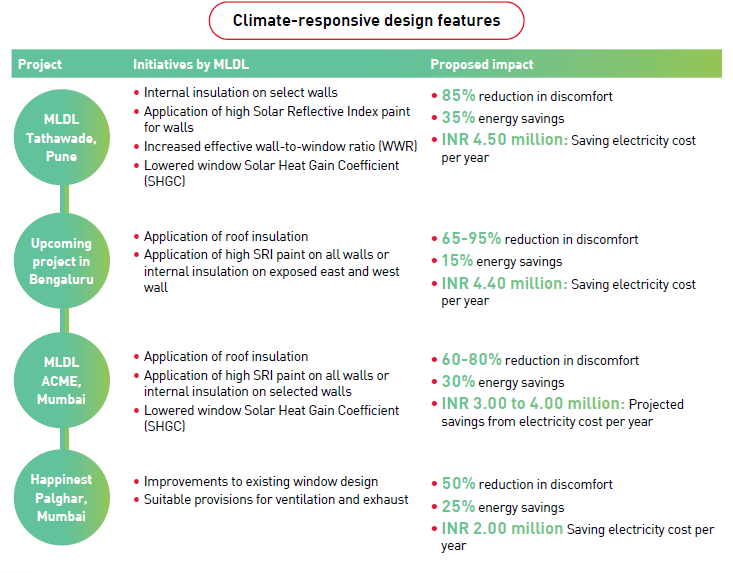
In the post-pandemic era, health and wellness has been at the forefront of our customers’ minds. Natural lighting, ventilation, improved air quality, reduced noise levels, and use of materials with minimal impact on the occupants have become the key demands of the customers. Health and wellbeing have always been at the core of our products. We assess the health and safety impacts of all our products and adequately manage them through our thoughtful design. We have standard SoPs to ensure products are in a habitable state before handing over the units to our customers. Post-handover, we also ensure that the regulatory requirements associated with fire safety and environment are communicated to the Resident Welfare Associations.
As a realty developer, our reliance on guidelines for green building rating systems (IGBC) has enabled our projects to ensure resource efficiency and indoor environmental quality – which collectively helps Mahindra Lifespaces to widen our environmentally responsible built portfolio. In India, increased environmental awareness among customers, increasing regulatory mandates and incentives have highlighted the need to align to green building certifications such as IGBC and GRIHA.
Briefly, during 2020-21 our projects at Tathawade, Pune (4-star rating, GRIHA v 2015) and Bengaluru (Platinum rating, IGBC v3) have been pre-certified. Some of our projects including MWC Chennai (Gold, IGBC Green Township), Aqualily, Chennai (Platinum, IGBC v2), MWC Club (Gold, LEED NC) and Mahindra World School, Chennai (Platinum, IGBC, Schools) have undergone revalidation and renewal of their certification. Further, both Vicino, Mumbai (Gold, IGBC v3) and Origins Chennai (Platinum, IGBC Green Cities) have submitted their annual revalidation report to IGBC.
Validation of our climate strategies is done through climate scenario analysis.
Future Priorities
In line with our commitment to building a sustainable built portfolio, we will continue to direct our efforts into innovation towards climate responsive design and architecture and resource efficiency across our value chain. It is hard to miss that customers are far more discerning on the design of homes, particularly on amenities and services that contribute to healthy lifestyles. We strongly believe that our products and services should not only create value for our customers and stakeholders, but facilitate preserving the realised value over a longer term to be truly defined as a sustainable habitat.
Climate Scenarios and implications on our business
Investors and stakeholders are increasingly interested in companies to assess their climate risks. Climate scenario analysis helps in understanding the adequacy of the organisation’s risk mitigation strategies – to align the business growth with rise of global temperatures for a time horizon. Under the Paris Agreement, corporate action on climate mitigation have identified scenarios for 1.5 and 2 degrees Celsius global temperature rise. As per recommendations of TCFD, selection of minimum of two scenarios: one aligned with the Paris Agreement that limits global temperature rise below 2°C above pre-industrial levels and a second that exceeds the 2°C goal (business-as-usual scenario) allows reasonable assessment and mitigation planning for range of potential outcomes, as a result of climate-related risks. In 2020-21, we identified two scenarios based on the Intergovernmental Panel on Climate Change’s (IPCC) Representative Concentration Pathways (RCPs) and the Shared Socioeconomic Pathways (SSPs). The RCPs cover the range of GHG emissions, while the SSPs represent the socioeconomic impacts.
In a move towards greater climate risk transparency, TCFD’s recommended disclosure pillar on strategy requires organisations to describe how resilient their strategies are to climate-related risks and opportunities, taking into consideration a transition to a lower-carbon economy consistent with a 2 degree scenario (2DS) and a below 2 degree scenario (B2DS). In the context of a real estate business, impacts of a business-as-usual scenario (aligned to a 3.6 degree scenario or higher) can be anticipated to include;
- Direct impact to the construction industry through damage and working stoppages due to extreme weather phenomena.
- Constraints related to resource availability and increased production costs (energy, fuel, carbon taxation etc.) would challenge business continuity plans.
At Mahindra Lifespaces, we have conducted an extensive climate-related risk assessment, and prioritised critical climate-related risks and corresponding mitigation measures that comprise our transition actions and inform our climate change mitigation strategy. Briefly, we have undertaken initiatives under key transition actions that would contribute to our transition to a low-carbon economy (2DS or lower).
Expected outcome resulting from the alignment of our climate strategy to TCFD
Being an organisation with a futuristic approach across its operations, Mahindra Lifespaces has signed up itself as a TCFD supporter since February 2021, making it the only real estate sector brand from the real estate management and development industry in India to do so. Being a TCFD supporter, we express our belief towards its recommendations as a useful framework to increase transparency on climate-related risks and opportunities within financial markets. Thus, Mahindra Lifespaces intends to report in accordance with the TCFD disclosures as well, along with other standard sustainability disclosures it carries out every year.
Our Key Climate Change-related risks
Along with risk identification, assessment and mitigation, we also quantify the critical climate change related risks with substantial financial impact to the business. The financial impact numbers are represented in our CDP Climate Change disclosures. The reports can be viewed on the CDP website
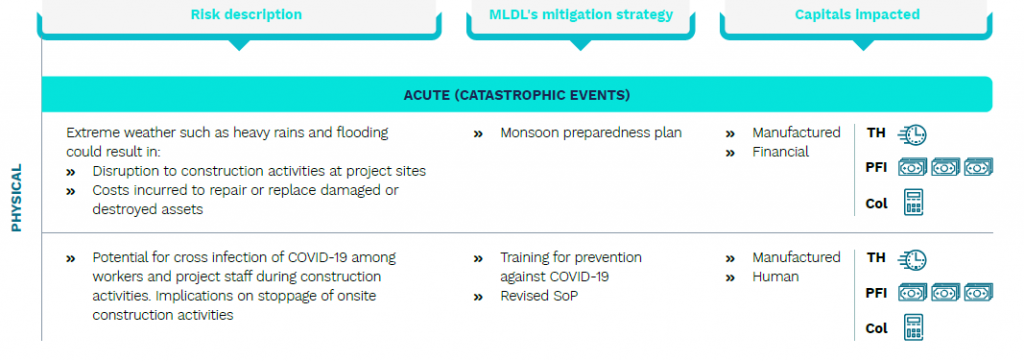
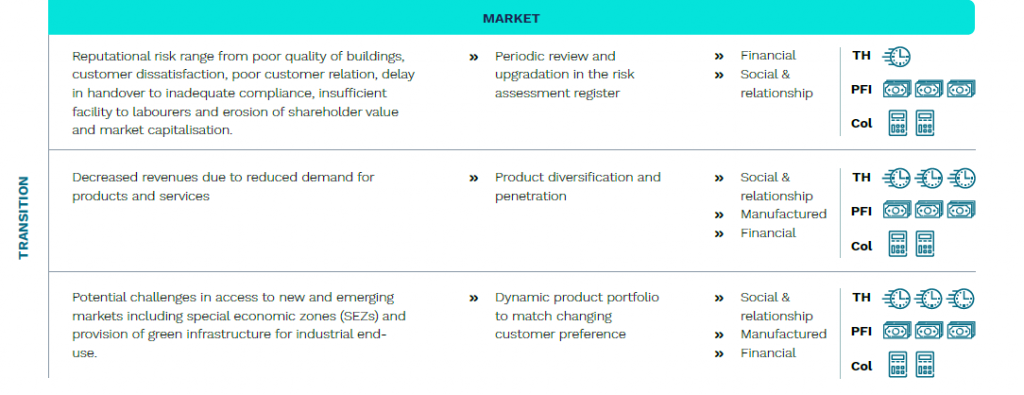
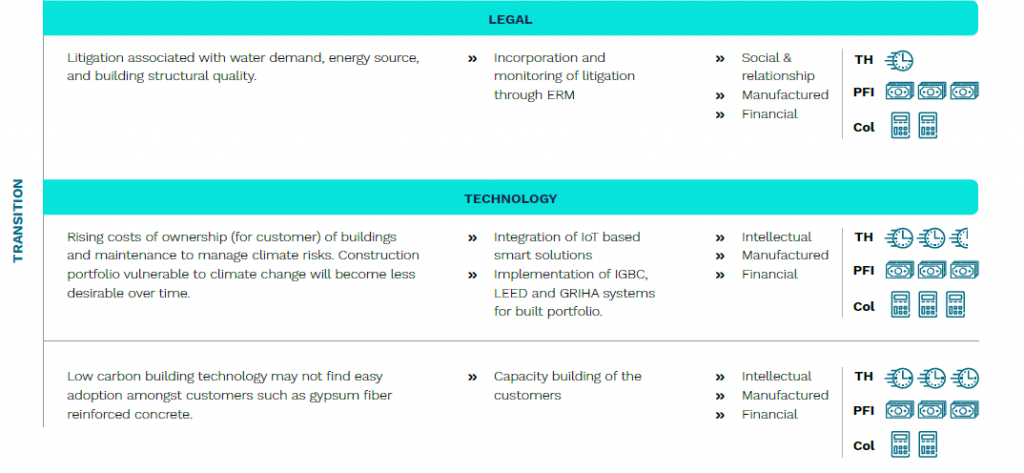
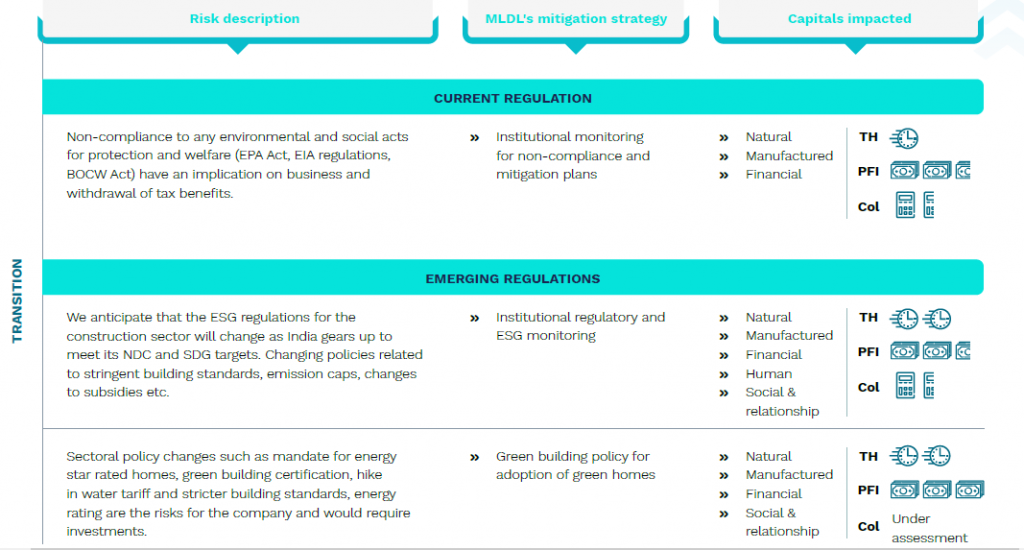
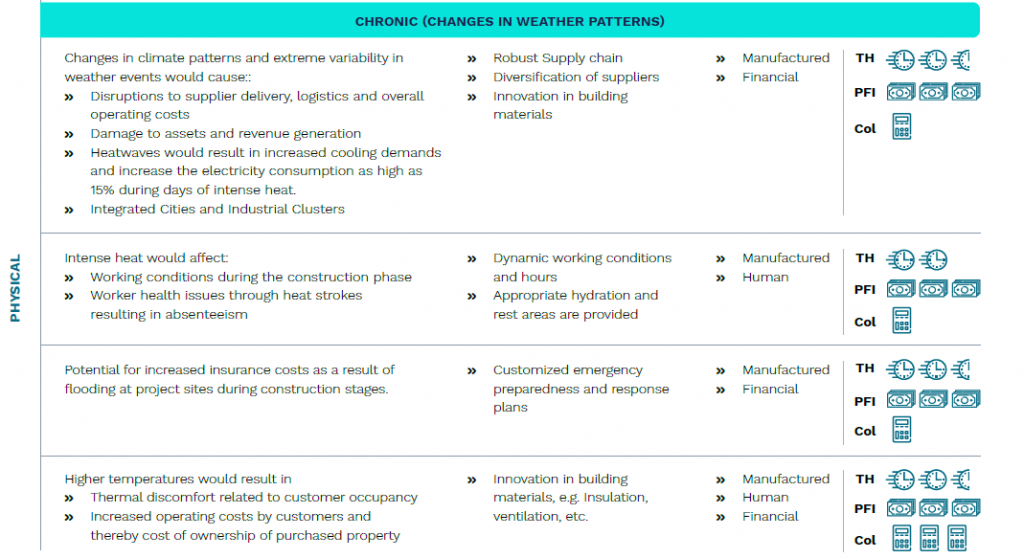
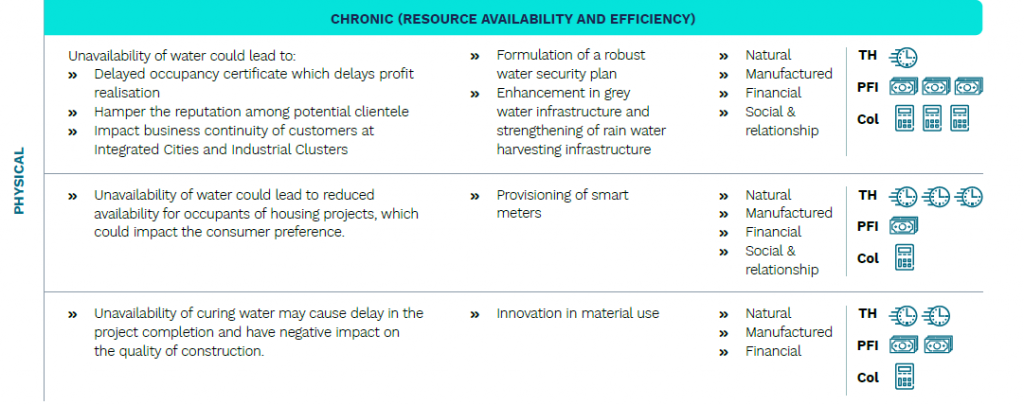
Metrics and Targets
We measure absolute Scope 1, Scope 2 and Scope 3 emissions from our operations to align with our SBT and Carbon neutrality commitments. Our roadmap targets and strategies are updated based on the progress made against the set SBT targets. We have overachieved our SBT targets for Scope 3 emissions for Residential & IC & IC businesses in 2020-21, and on track with Scope 1 & 2 emissions for MWC Chennai. Owing to the improvements in accounting procedures as well as increase in the number of locations, during 2020-21, we are not on track for achieving reduction in Scope 1 and 2 emissions. We have increased our efforts towards achieving our targets for residential projects and creating sustainable products for our customers by committing to IGBC net zero and working towards making our products net zero.
Environmental Targets and Progress Trends:
- FY 2023-2024
Our Scope Emissions
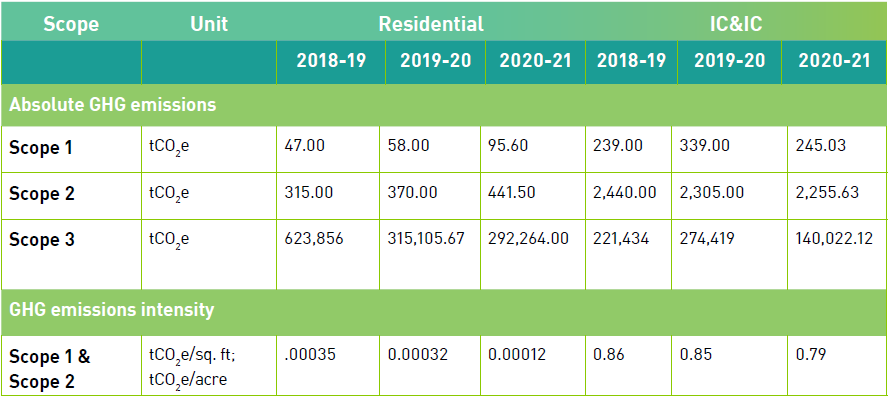
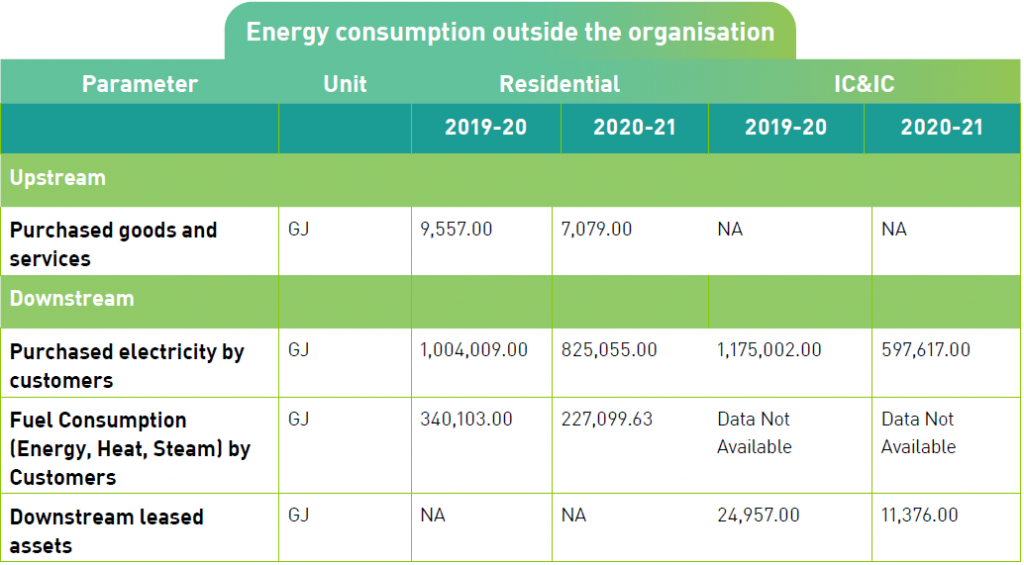
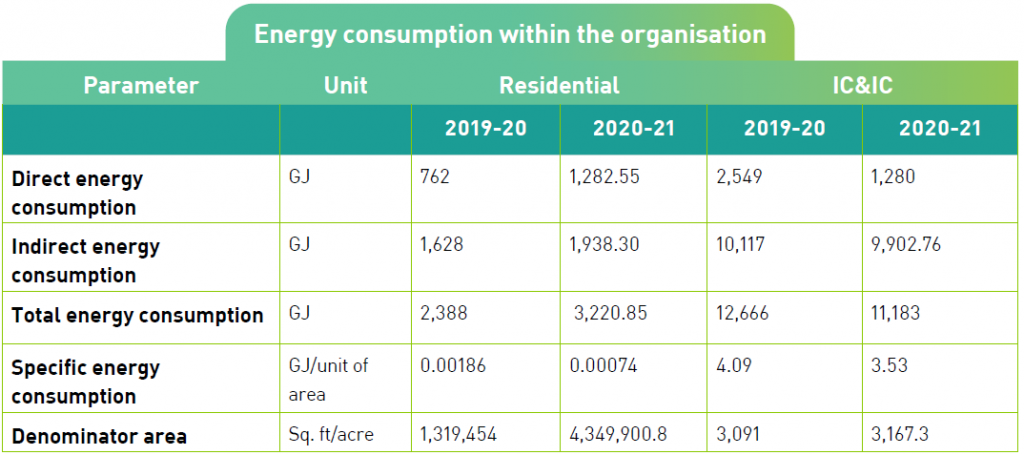
Carbon Neutrality
In 2019-20, Mahindra Lifespaces committed to become carbon neutral by 2040. We developed a carbon neutrality action plan for our residential developments. We are in the process for developing the same for our Integrated Cities and Industrial Clusters.
Our approach to carbon neutrality
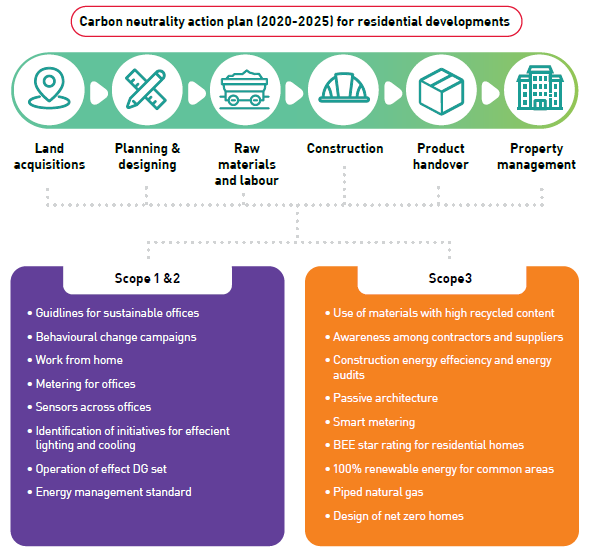
Race towards Net-Zero
Increased use of cement and steel is a major driver of building related carbon emissions. Globally, the buildings and construction sector accounts for approximately 50% of the demand for cement and 30% of steel . Collectively, these factors emphasize on the importance of extending the lifetime of buildings and increasing the use of alternate materials to cement and steel. At Mahindra Lifespaces, our approach to mitigating climate-related risks includes adoption of sustainable manufacturing practices and implementation of initiatives that result in a reduced environmental footprint.
To be able to manage our emission profile, we quantify and report greenhouse gas (GHG) emissions due to operations. We monitor GHG emissions from our project sites across all three scopes. We manage our emissions through passive architecture, energy efficiency and renewable energy initiatives at the design stage. At the construction phase, efficient material and waste management practices are adopted to mitigate emissions.
We formally committed to IGBC Mission on NET ZERO working towards the vision - "India to become one of the foremost countries transforming to Net Zero by 2050". As part of the net zero commitment, we are working towards making our product portfolio net zero through the following strategies
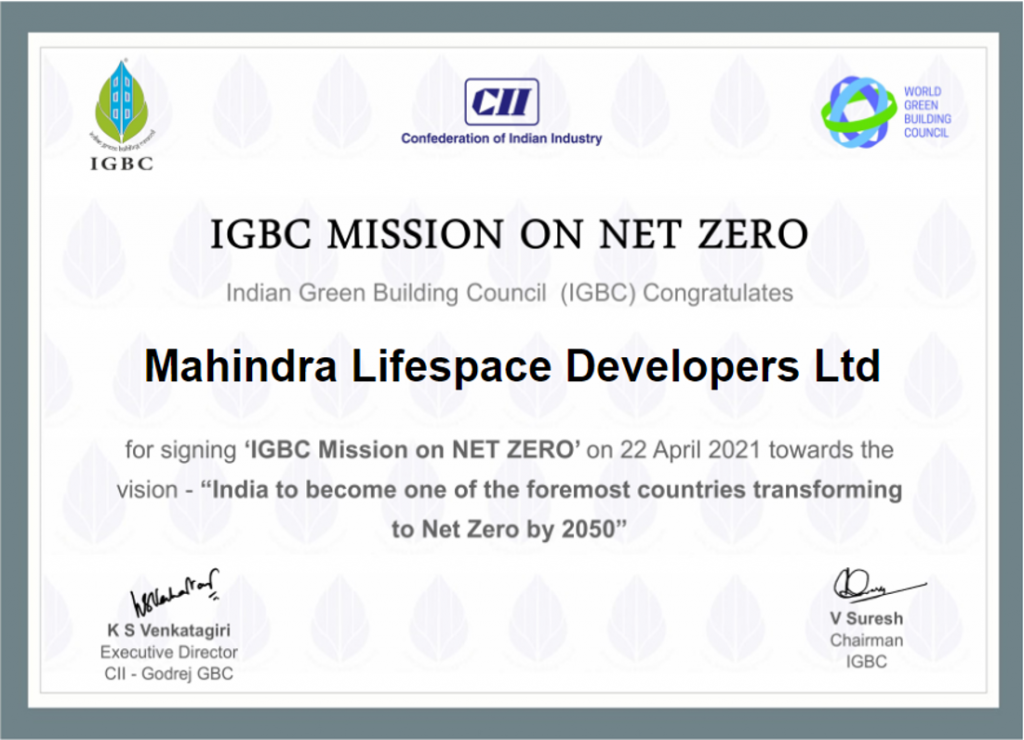
As part of the CRD strategy, we partnered with Indo-Swiss Building Energy Efficiency Project (BEEP) to strengthen our design specifications related to climate-responsive design and energy demand reduction and ensure that all our future projects are compliant with 'Eco-Niwas Samhita' (Energy Conservation Building Code for Residential (ECBC-R) Projects in India).
